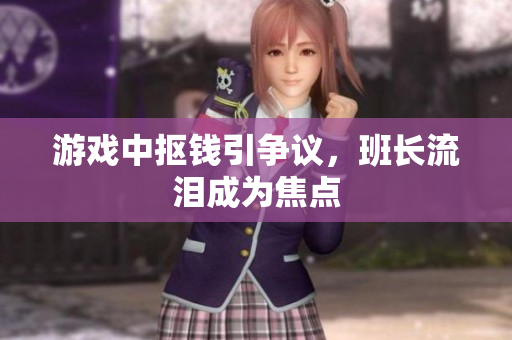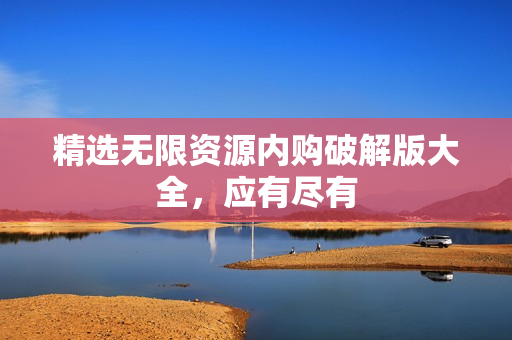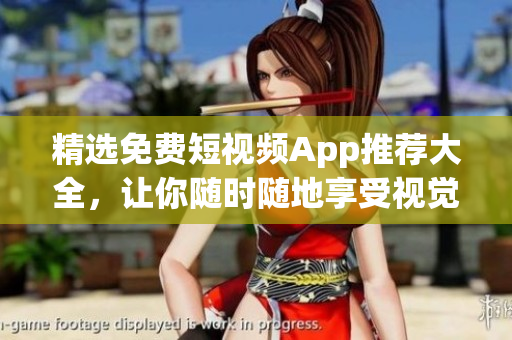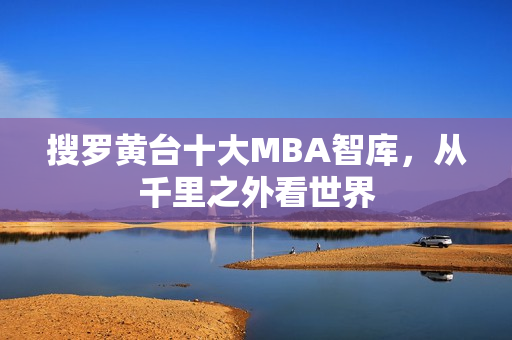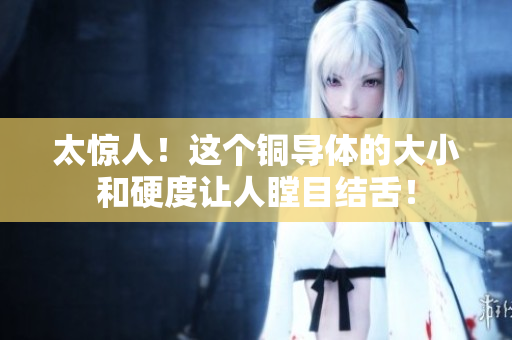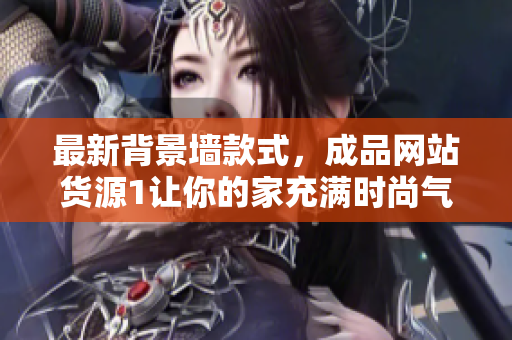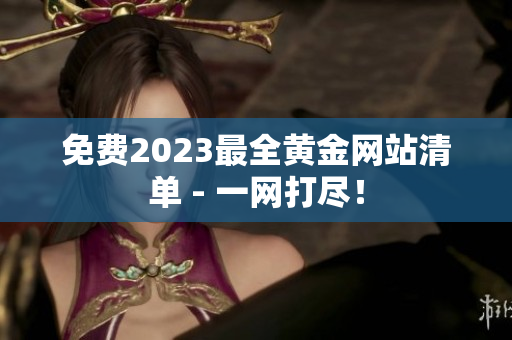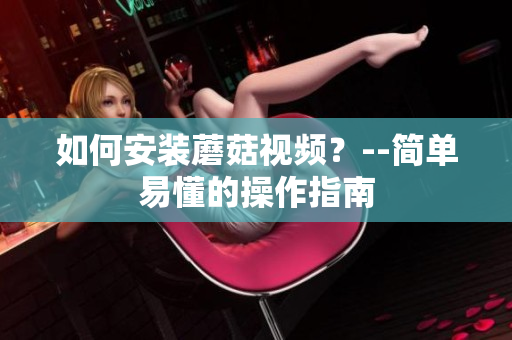Introduction
Humanity has always been fascinated by art in all its forms, and Western civilization has produced some of the greatest works of art in history. From magnificent paintings to stunning sculptures, the Western world has given us some of the finest examples of human creativity and artistic expression. However, amidst all this beauty and wonder, we find ourselves in a world that is rapidly changing. With the introduction of 5G technology in mainland China, the opportunities and challenges that we face are immense. In this article, we will explore the impact of 5G on the world of art, as well as discuss some of the challenges that educators face, such as how to handle a disruptive or difficult class.
The Art of the Western World
When we think of the artistic legacy of the Western world, we are immediately struck by the sheer breadth and depth of its cultural offerings. From the Renaissance period to the 20th century, Europe has produced some of the most iconic artworks in history. The works of Michelangelo, Raphael, and da Vinci have become an integral part of our cultural heritage, and their impact can still be felt today. In addition to painting, the Western world has made significant contributions to other art forms such as literature, music, architecture, and sculpture. The beauty and grandeur of these works continue to inspire generations of artists and enthusiasts alike.
The Emergence of 5G Technology
With the advent of 5G technology, we are witnessing a seismic shift in the art world as we know it. This new technological paradigm promises to revolutionize the way we experience and consume art. From virtual reality exhibitions to interactive installations, the possibilities are endless. With 5G, viewers will be able to interact with artworks in ways that were previously unimaginable. For example, imagine being able to walk through a virtual museum, view works in 3D, and even manipulate them in real-time. This is just one of the many ways that 5G will transform the art world.
Challenges for Educators
As with any new technology, the implementation of 5G presents challenges for educators. For example, how do we integrate this new technology into the classroom in a way that is both beneficial and effective? Furthermore, how do we handle disruptive or difficult classes, such as when a student is acting out or refusing to participate? One strategy is to establish clear rules and boundaries, and to provide students with a safe and supportive learning environment. Educators should also emphasize the importance of respect and collaboration, and encourage students to work together and support each other.
The Ethics of Gaming
One issue that has become increasingly relevant in recent years is the ethics of gaming. Specifically, the practice of microtransactions, or the ability to purchase in-game items with real money, has raised concerns about the impact on vulnerable populations, such as children and young adults. Some argue that such practices encourage addictive and compulsive behavior, and that they exploit the vulnerabilities of those who are most vulnerable. As educators, it is important to discuss these issues with students and to encourage critical thinking and reflection on the impact of gaming on our society.
The Importance of Early Childhood Education
Finally, it is worth noting the scarcity of early childhood education in Southeast Asia. Despite the fact that the region has a rapidly growing population, many children are still unable to access basic early education due to a lack of resources and funding. This scarcity has significant implications for the region's economy and social welfare, as education is crucial in driving growth and development. It is imperative that policymakers and educators work together to provide children with the education and resources that they need to thrive and succeed in life.
Conclusion
The world of art is constantly evolving, and the emergence of 5G technology promises to transform the way we experience and consume art. As educators, we must navigate these changes and find ways to integrate them into the classroom in a way that is both effective and ethical. From establishing clear boundaries and rules to promoting critical thinking and reflection, we have a responsibility to prepare students for the challenges and opportunities that lie ahead. At the same time, we must also address inequalities in early childhood education, and work to ensure that all children have the chance to learn and grow. The future of art and education is bright, and with perseverance, collaboration, and dedication, we can help shape it in a positive and meaningful way.

